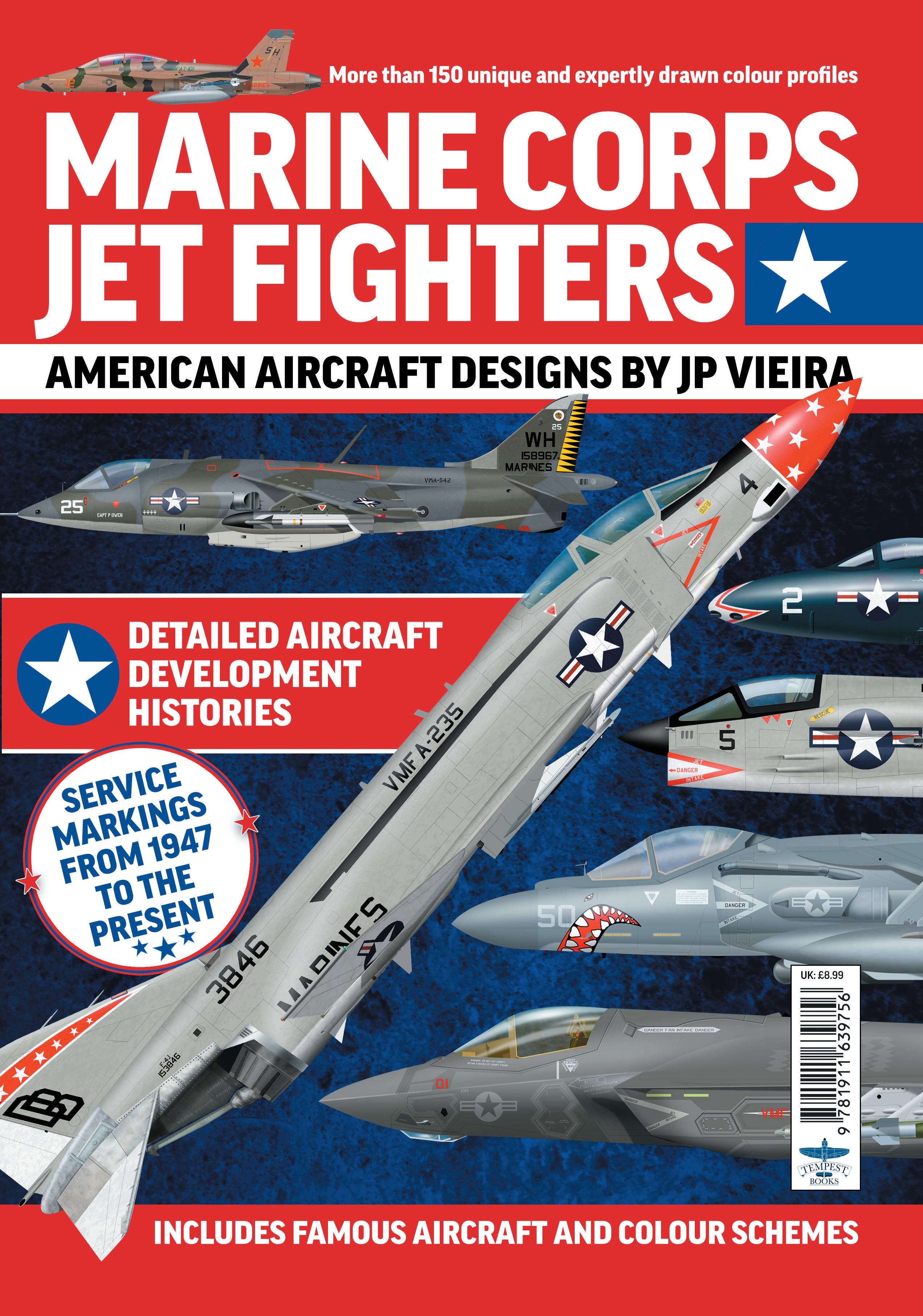
LOCKHEED SR-71 BLACKBIRD
- Origins and Evolution
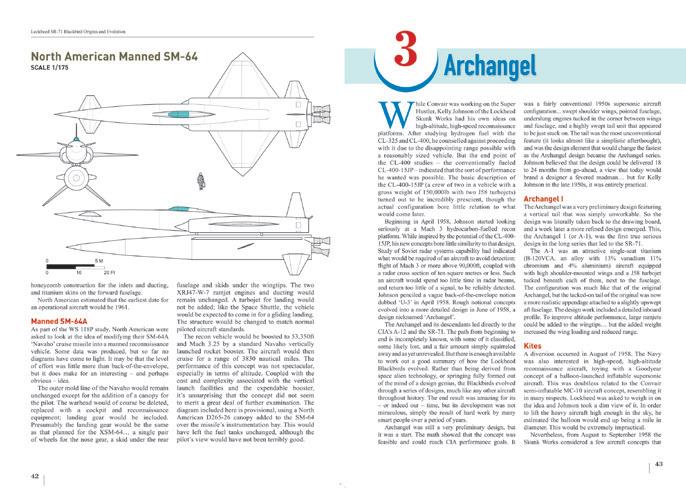

One of the world’s most extreme and enigmatic aircraft, the Lockheed SR-71 Blackbird, is the ultimate evolution of a long line of top secret projects which first coalesced in the form of the CIA’s A-12 reconnaissance platform. American aircraft development specialist Scott Lowther looks in detail at the vast range of different variants and configurations proposed for this remarkable family of highspeed high-altitude jets.

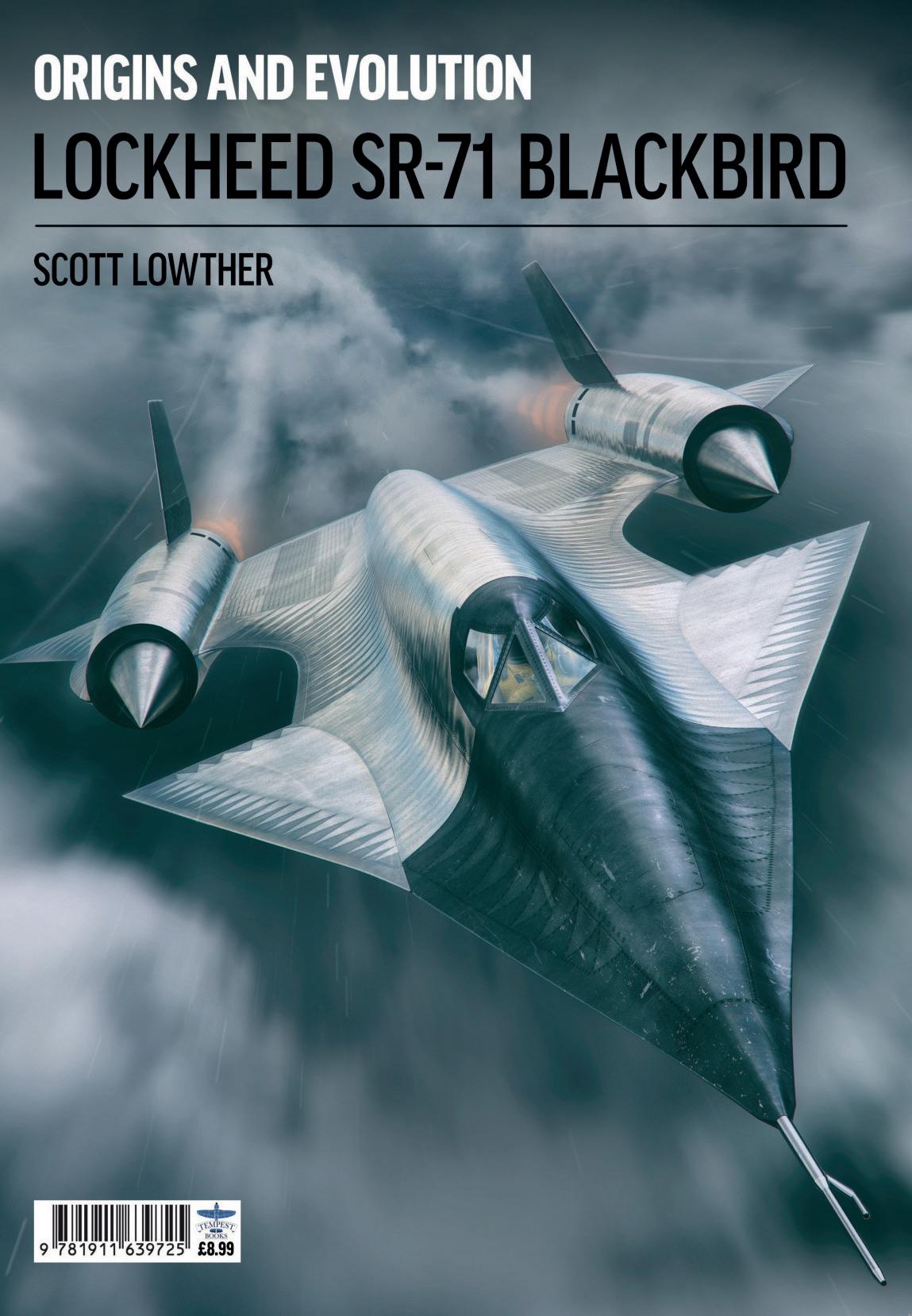 Author: Scott Lowther £8.99
Author: Scott Lowther £8.99
ON SALE NOW 132 page, full colour, perfect bound bookazine Visit: www.classicmagazines.co.uk/thebookshelf Call: 01507 529529 Also on sale in major UK newsagents, plus other stores
Introduction
Unlike the USAF or the US Navy, the US Marine Corps is a combined arms service with its own infantry, armour, artillery, special operations forces and aviation assets. All these elements train and ght together in order to conduct expeditionary and amphibious operations.

The light and manoeuvrable Marine Corps infantry specialise in assaulting from the sea and Marine Corps Aviation exists to support those troops on the ground in six ways: anti-air warfare (preventing enemy aircraft from interfering with Marine Corps operations), close air support (aka CAS – directly attacking enemy positions on the ground), aerial reconnaissance, electronic warfare, control of aircraft and missiles (battle eld command and control), and assault support (transporting troops and vehicles to the battle eld).
This book looks at the tactical jet ghter aircraft operated by the Marines since November 1947 and their increasing ability to provide support in at least two, sometimes three and now up to ve of those roles.

The earliest Marine jet ghter was the FH-1 Phantom – an aircraft built in only small numbers which served mainly to pave the way for much more powerful and capable types. Its direct successor, the F2H Banshee, proved incapable of tackling enemy MiGs during the Korean War but did provide the USMC with its rst fast jet reconnaissance platform.
The Banshee’s contemporary, the F9F Panther, was similarly lacking in anti-air prowess but it was very successful in performing another role vital to the Marines – CAS. The Panther would become the ubiquitous ground-attack ghter of the Korean War. And radar-equipped Marines F3D Skyknights would provide new capability during the con ict as successful night ghters, despite their otherwise lacklustre performance characteristics.
After the war, the USMC would nally get full day ghter anti-air capability thanks to the later models of North American Fury, the F9F Cougar and the F4D Skyray. The latter was so

ABOUT THE ARTIST




















JP Vieira is an illustrator producing military history and aviation-themed artwork.
He is entirely self-taught and aims to constantly improve both the technical and artistic aspects of his work. His works combine traditional and digital methods. His attention to detail and constant pursuit of improvement makes his artworks both accurate and artistically pleasing.
JP is a published artist, collaborating with several authors, editors and publishers.
specialised as a pure interceptor, however, that it was unable to provide the CAS capability that was becoming increasingly important for every ghter operated by the Marines.
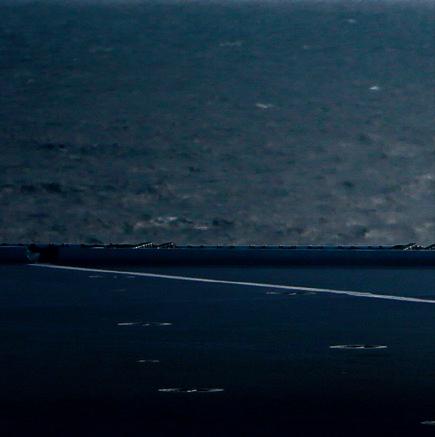
By the early 1960s, in the face of Soviet technological advances, it was necessary to eld aircraft that were just as able to hit enemy positions with bombs and rockets as they were to hit enemy aircraft with cannon or Sidewinders. The supersonic F-8 Crusader was the rst Marines ghter able to truly offer this capability while also being suitable for conversion into a recon machine.
The F-4 Phantom II would take these capabilities to the next level, being better than anything in the USAF’s inventory and probably the best multirole ghter in the world in its day, while the specialised AV-8A Harrier gave USMC Aviation the ability to provide CAS without runways or even a carrier deck to operate from.
Today the Marine Corps’ main tactical ghter types are the AV-8B Harrier II and F/A-18 Hornet and the aircraft gradually replacing them both – the F-35 in B and C forms respectively. The Hornet is fast, reliable and carries a heavy payload of air-toair and air-to-ground munitions. The Harrier II is subsonic and cannot match the Hornet for payload but neither does it require the Hornet’s 6000m runway to carry out its missions.


But both types’ days are numbered and it will be down to the futuristic F-35B and F-35C to take Marine Corps Aviation well into the 21st century. Through their advanced systems, these aircraft are capable not only of anti-air and CAS, but also reconnaissance, electronic warfare and command and control –making them a great t for the Marine Corps of the future.
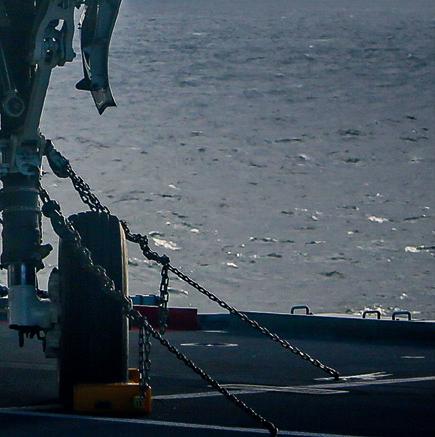



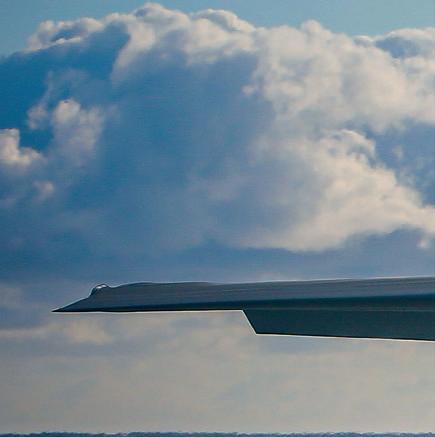



This publication chronicles the USMC’s changing jet ghter inventory through the beautiful artworks of renowned aviation illustrator JP Vieira. I hope you enjoy marvelling at the incredible variety of his designs as much as I have.
LOCKHEED MARTIN F-35B LIGHTNING II




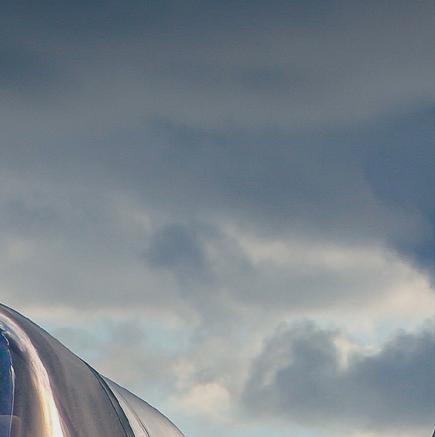



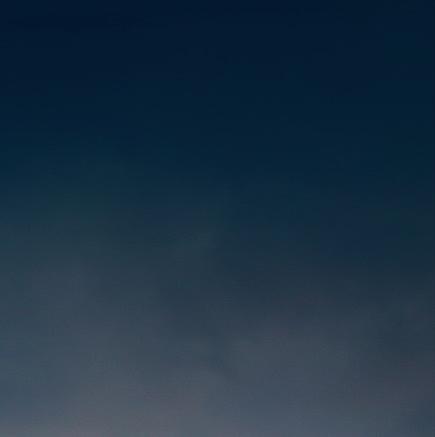

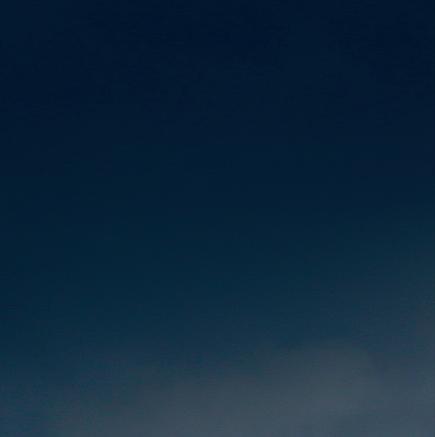




MARINE CORPS JET FIGHTERS 003 USAF
Dan Sharp
A Marine pilot with Marine Fighter Attack Squadron 211 conducts pre- ight checks on an F-35B Lightning II aboard HMS Queen Elizabeth in the North Sea on October 10, 2020. US Marine Corps photo by 1st Lt. Zachary Bodner
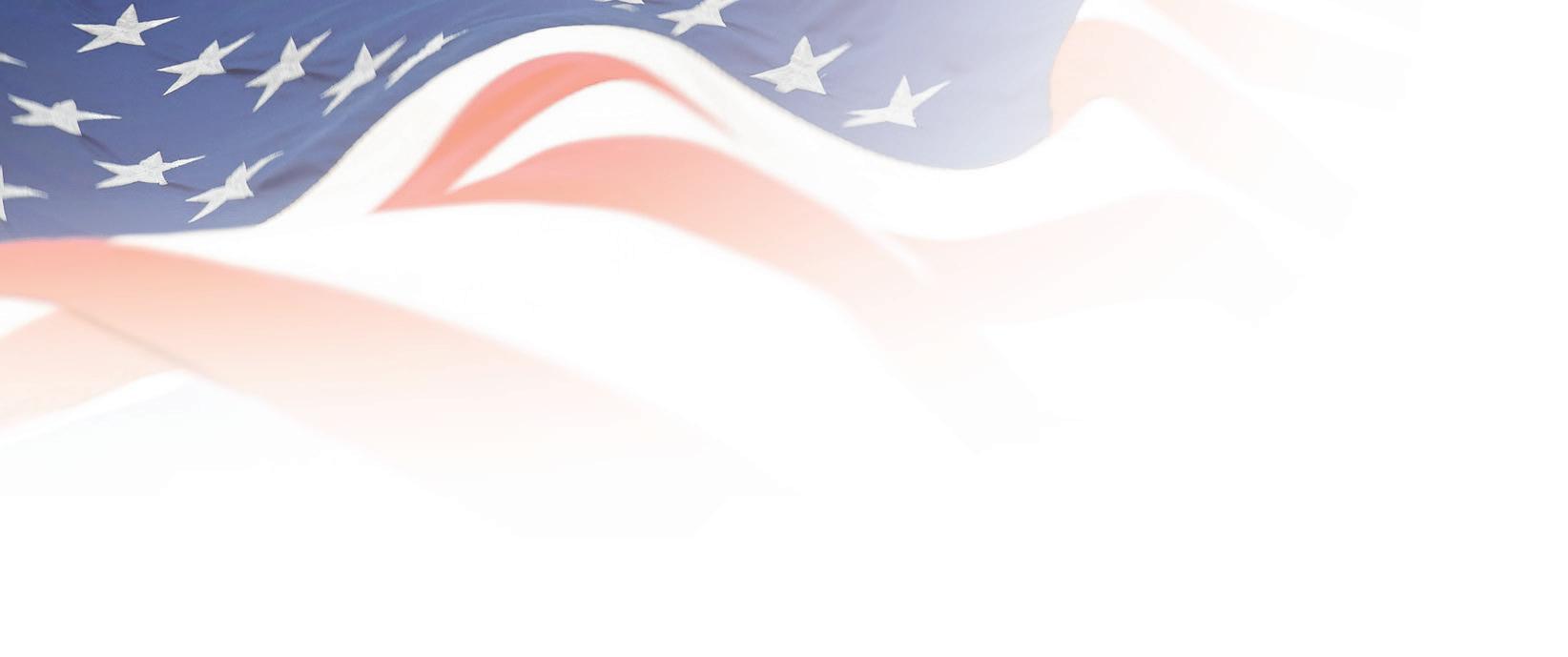







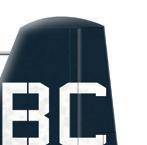





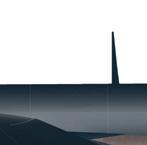
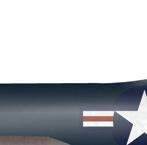

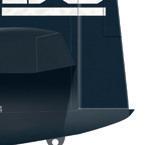



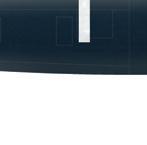















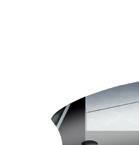

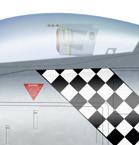

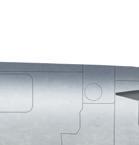
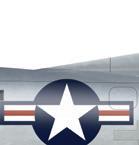
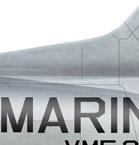
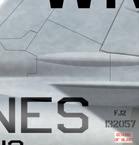
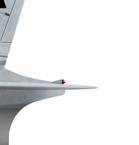
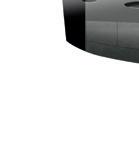

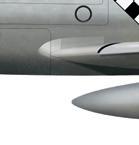
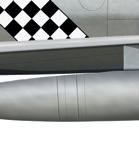


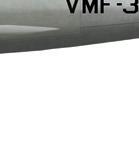
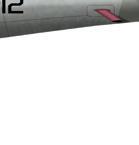







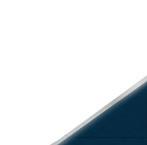

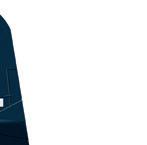


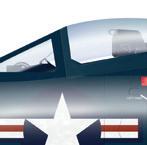

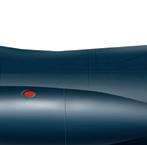
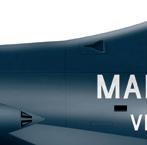



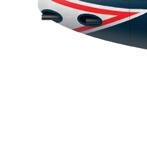



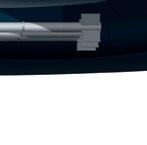
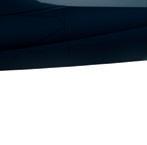

















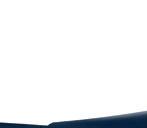

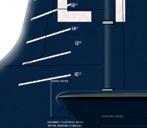




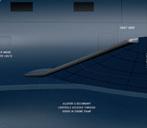
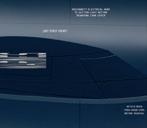






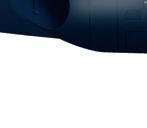

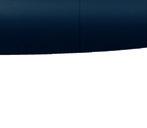




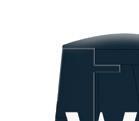


















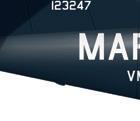


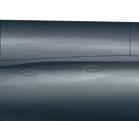
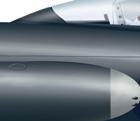
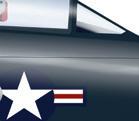
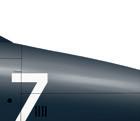
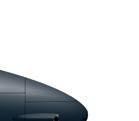





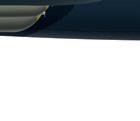



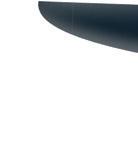




















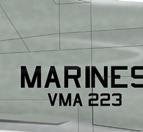
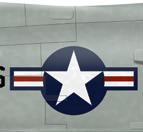




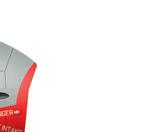




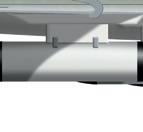
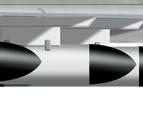
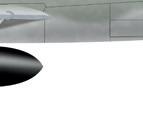
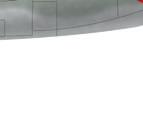













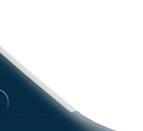










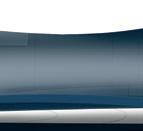
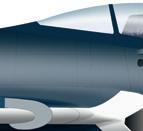

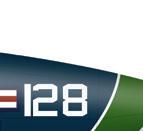





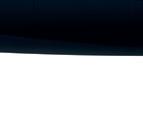

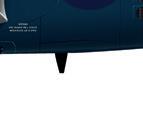




MARINE CORPS JET FIGHTERS CONTENTS MCDONNELL FH-1 PHANTOM 006 NORTH AMERICAN FJ-2/-3 FURY 014 GRUMMAN F9F PANTHER 026 DOUGLAS F3D SKYKNIGHT 042 MCDONNELL F2H BANSHEE 008 NORTH AMERICAN FJ-4 FURY 020 GRUMMAN F9F COUGAR 034 004 MARINE CORPS JET FIGHTERS
MARTIN F-35 LIGHTNING II





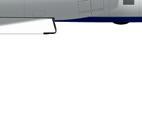

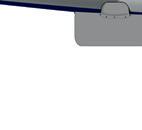




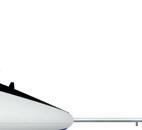
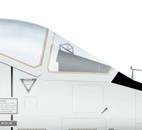

















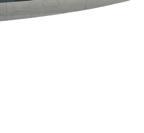
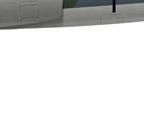

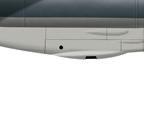






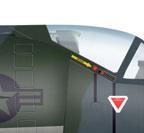



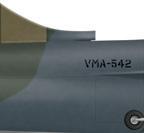














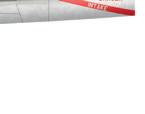

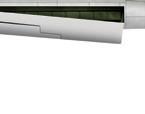








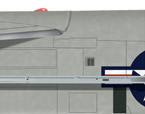



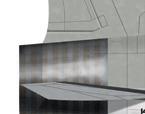
























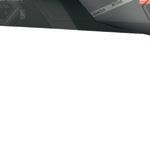



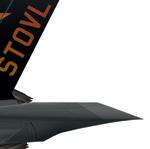

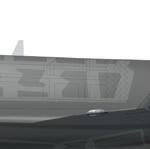


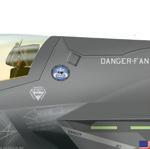

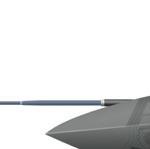











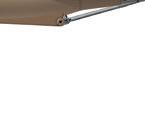
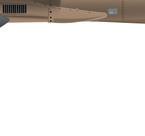

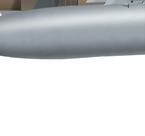


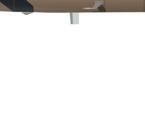

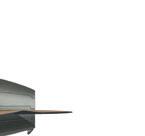





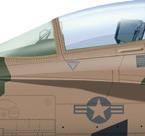

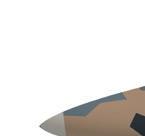


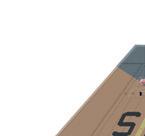








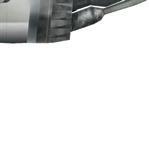
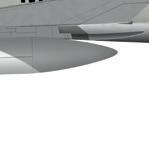


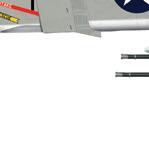

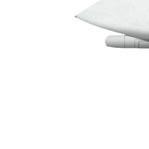





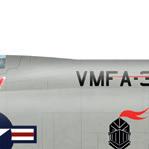

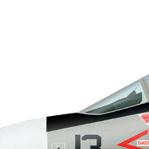



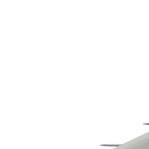










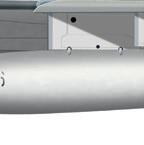








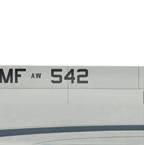
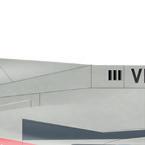

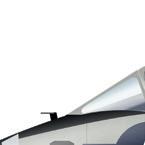

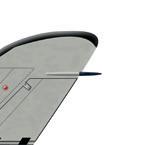
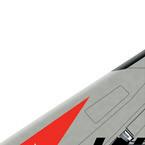







All illustrations: JP VIEIRA Design: BURDA Publisher: STEVE O’HARA Editor: DAN SHARP Published by: MORTONS MEDIA GROUP LTD, MEDIA CENTRE, MORTON WAY, HORNCASTLE, LINCOLNSHIRE LN9 6JR. Tel. 01507 529529 Printed by: WILLIAM GIBBONS AND SONS, WOLVERHAMPTON ISBN: 978-1-911639-75-6 © 2021 MORTONS MEDIA GROUP LTD. ALL RIGHTS RESERVED. NO PART OF THIS PUBLICATION MAY BE REPRODUCED OR TRANSMITTED IN ANY FORM OR BY ANY MEANS, ELECTRONIC OR MECHANICAL, INCLUDING PHOTOCOPYING, RECORDING, OR ANY INFORMATION STORAGE RETRIEVAL SYSTEM WITHOUT PRIOR PERMISSION IN WRITING FROM THE PUBLISHER. DOUGLAS F4D SKYRAY 048 MCDONNELL DOUGLAS
PHANTOM 068 VOUGHT F-8 CRUSADER 054 HAWKER SIDDELEY
HARRIER 082 HAWKER SIDDELEY/MCDONNELL DOUGLAS
HARRIER
104 090 MCDONNELL
LOCKHEED
MARINE CORPS JET FIGHTERS 005
F-4
AV-8A
AV-8B
II
DOUGLAS F/A-18 HORNET
118
MCDONNELL FH-1 PHANTOM
















The rst jet ghter to see operational service with the Marine Corps – and the US Navy – was McDonnell’s FH-1 Phantom.
















FH-1 Phantom, Marine Phantoms aerobatic team, 1949. An aerobatic team known as the Marine Phantoms, equipped with ve FH-1 Phantoms, was formed within VMF-122. The team performed for some years and the aircraft sported this scheme, after initially ying in regular VMF-122 markings.

MARINE CORPS JET FIGHTERS
1947-1954 006 MARINE
CORPS JET FIGHTERS
FH-1 Phantom, BC-1, VMF-122, MCAS Cherry Point, North Carolina, 1948. VMF-122 became the rst USMC squadron to operate jets when it received the FH-1 Phantom in November 1947.
MCDONNELL FH-1 PHANTOM
MCDONNELL FH-1 PHANTOM
The McDonnell Aircraft Corporation was established in 1939 to manufacture aircraft components for the United States military, its founder James McDonnell having quit his former employer, the Glenn L. Martin Company, in 1938. It turned out to be exactly the right move as huge orders soon came rolling in, but McDonnell’s ambition had always been to design and build aircraft.
Therefore, during the autumn and winter of 1939, the Missouri-based company approached the USAAF with designs for a new ghter. This resulted in McDonnell being invited to participate in Request for Data R-40C on March 8, 1940 – which was for high-speed long-range bomber interceptor designs.






McDonnell’s twin pusher proppowered Model I lost out but the AAF thought highly enough of it to buy the data for $3000. The revised Model II was submitted on June 30, 1940. This also failed to attract an order but Model II-A was approved in May 1940 and McDonnell received a $1.6m contract to build its rst aircraft on September 30, 1941, under the designation XP-67. This was given the company name ‘Moonbat’.
This aerodynamically advanced but underpowered ghter was delivered on April 29, 1943. Early impressions were positive and it gave the US Navy suf cient con dence, on August 30, 1943, to award









the company a contract to build it a twinengine jet ghter.

The resulting aircraft retained several of the Moonbat’s features – such as its tricycle undercarriage, a pronounced dihedral of its tail surfaces, forward-set full vision canopy and the swooping curves of its faired-in engine nacelles, though the jet ghter’s engines were positioned in the wingroots rather than being mid-wing.

The turbojets speci ed were Westinghouse WE-19XB-2Bs, each producing 1600lb of thrust. This was the rst all-American jet engine and would be later redesignated J30-WE-20. Armament was a quartet of .50-cal machine guns in the nose.
The Navy ordered two prototypes under the designation XFD-1 and the rst made its maiden ight on January 26, 1945, although short hops on a single engine had previously been carried out. With the type now undergoing ight testing, the Navy ordered a full production run of 100 aircraft on March 7, 1945. McDonnell continued the ‘spook’ theme begun with the Moonbat by calling the new aircraft ‘Phantom’.
Changes for the production model would include an 18in fuselage extension, a shorter rudder and shorter tailplanes. There was also the option to install an aerodynamic external fuel tank below the fuselage and the aircraft’s windscreen was redesigned to improve visibility.
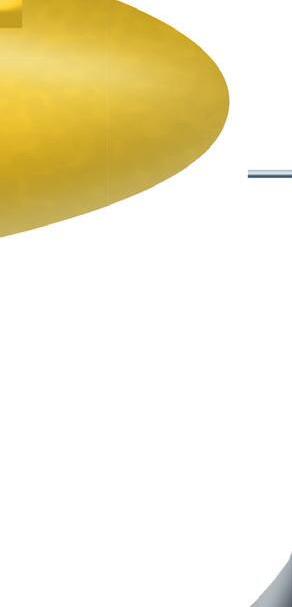






The production order was slashed to 60 when the Second World War ended and the rst prototype was destroyed in a crash on November 1, 1945. The second prototype became the rst pure jet ghter to make an arrested landing on a US carrier – USS Franklin D. Roosevelt – on July 21, 1946, and the rst production FD-1 made its ight debut on November 28.
Navy ghter squadron VF-17A received its rst Phantom on July 23, 1947, shortly after the type had been redesignated FH-1, and the rst (and only) US Marine Corps squadron to receive it was VMF-122 in November 1947. This made VMF-122 the rst USMC combat squadron ever to deploy jets. And while the US Navy’s Blue Angels were still ying F8F Bearcats, the Marines established their own display team called the Marine Phantoms, aka the Flying Leathernecks.
VMF-122 would also be the last active squadron left ying the FH-1, nally phasing it out on July 1, 1950. Phantoms would continue in service with training and reserve units until 1954.
The Phantom was not well suited to the USMC’s requirements – lacking any ground-attack capability beyond stra ng targets with its machine guns. It also had weak engines and when its guns were red in low-light conditions they tended to dazzle the pilot. But before long much more capable aircraft would be made available.

MARINE CORPS JET FIGHTERS 007
MCDONNELL F2H BANSHEE








McDonnell’s underpowered Phantom was a fundamentally sound design – so when bigger engines became available the company simply scaled it up to accommodate them, producing the F2H Banshee.


























MARINE CORPS JET FIGHTERS 1948-1961 008 MARINE CORPS JET FIGHTERS
Even as the FH-1 Phantom was undergoing development during late 1944, McDonnell was preparing a larger but otherwise very similar design to take advantage of Westinghouse’s new J34-WE-22 turbojet.


Where the Phantom’s J30-WE-20 was 100in long with a diameter of 19in, the J34-WE-22 was 112in and 27in. McDonnell therefore scaled up the basic Phantom design to match. This was certainly worth doing because where the J30 produced a rather weedy 1600lb of thrust, the J34 promised a dramatic increase – 3000lb per engine.
of thrust, the J34 promised a dramatic







On March 2, 1945, just ve days before ordering 100 FH-1 Phantoms, the Navy gave McDonnell a contract for three prototypes of the scaled-up design under the designation XF2D-1. The extra power allowed the company to switch the four nose-mounted machine guns for four 20mm cannon in the same positions. The wings were larger than those of the Phantom but retained their ability to fold. The valuable experience gained from building and ying the Phantom prototypes also fed into the new development programme and McDonnell was able to make numerous changes and improvements to the aircraft’s
aerodynamic shape as well as to systems, access panels and other aspects of the design. It was named ‘Banshee’ by the company.



The company was already at the point of delivering the earliest FH-1s when the rst prototype XF2H-1 ew on January 11, 1947. Following successful ight tests, the Navy ordered 56 production model F2H-1s on May 29, 1947.
The rst of these were sent to the Naval Air Test Center and subsequently to Navy units VF-171 and VF-172. No Marine units operated the F2H-1. They would, however, make good use of the next variant. Even before the rst F2H-1













McDonnell F2H-2 Banshee, WK-7, VMF-224, MCAS Cherry Point, North Carolina, 1951.
The Banshee was the rst jet operated by VMF-224. Having previously operated F4U Corsairs, it ew the F2H for only one year before transitioning to the F9F Panther in 1952.



McDonnell F2H-2 Banshee, LC-3, VMF-122, MCAS Beaufort, South Carolina, 1951.
VMF-122 had been the rst USMC squadron to operate jets with the FH-1 Phantom and also became the rst to y the new F2H Banshee in 1951.
MARINE CORPS JET FIGHTERS 009
MCDONNELL F2H-2 BANSHEE
MCDONNELL F2H-2 BANSHEE
McDonnell F2H Banshee

had been delivered, an order was placed for the signi cantly upgraded F2H-2. This featured an ejection seat – a rst for a McDonnell aircraft – wingtip tanks and four external hardpoints under each


wing. Power was supplied by J34-WE34s, producing 3250lb of thrust each, performance because the F2H-2 was 1300lb heavier than the F2H-1.



but this failed to translate into improved


















A further consequence of this extra weight was limited payload. The aircraft might have had eight positions for accommodate up to 1540lb of conventional tanks could only be fuelled when the wings needed to be folded on a carrier deck, the

underwing stores but these could only conventional bombs or rockets in total. Also, the tip were in the down position. If the wings tanks had to be drained rst.





MCDONNELL F2H-2P BANSHEE
McDonnell F2H-2P Banshee, MW-1, VMJ-1, Pohang (K-3) Air Base, Korea, 1952.
VMJ-1 was the only USMC Banshee squadron to see combat during the Korean con ict; it operated the photo-reconnaissance variant, providing invaluable information on enemy positions.
The F2H-2 would be the mostproduced Banshee with 364 examples rolling off McDonnell’s St Louis production line. Two Marine Corps squadrons flew it – VMF122 and VMF-224 – with deliveries commencing in 1951. Both units were based at MCAS Cherry Point and both made a single deployment to the Mediterranean. In service,
010 MARINE CORPS JET FIGHTERS
MARINE CORPS JET FIGHTERS
the Banshee was known by the affectionate nickname ‘Banjo’. With F2H-2 production under way, the Navy decided it needed some ghters capable of carrying nuclear bombs. As a result, 27 F2H-2Bs were produced with strengthened port wings, reduced cannon armament, an in ight refuelling probe installed and a new bomb rack for carrying either a Mark 7 or Mark 8 bomb – but these were own exclusively by the Navy, as were 14 F2H-2N night ghter variants tted with AN/APS-19A radars in new plastic noses.





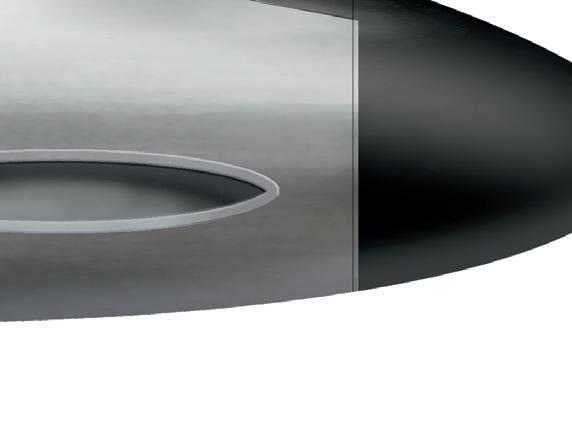





The USMC did, however, receive the reconnaissance version – the F2H-2P. This had a much longer nose than that of the standard F2H-2 and it was divided up into three sections with room to accommodate up to six high-resolution cameras in a variety of positions.



Both Marine Photo Reconnaissance Squadron One (VMJ-1) and VMJ-2 operated the F2H-2P – with VMJ-1’s Banshees seeing combat in Korea. When it was established in late February 1952, VMJ-1 brought all Marine photo reconnaissance assets together in one


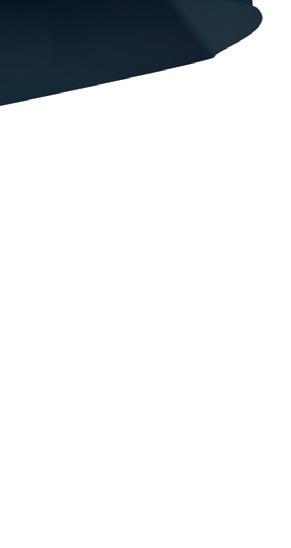










MARINE CORPS JET FIGHTERS 011
McDonnell F2H-4 Banshee, LK-3, VMF-114, MCAS Cherry Point, North Carolina, 1953.
The F2H-4 was an improved variant of the Banshee with a new radar which gave all-weather capability.
MCDONNELL F2H-4 BANSHEE
MARINE CORPS JET FIGHTERS

place – ve F2H-2P Banshees, four F7F2P Tiger Cats, one F9F-2P Panther and one F4U-5P Corsair.



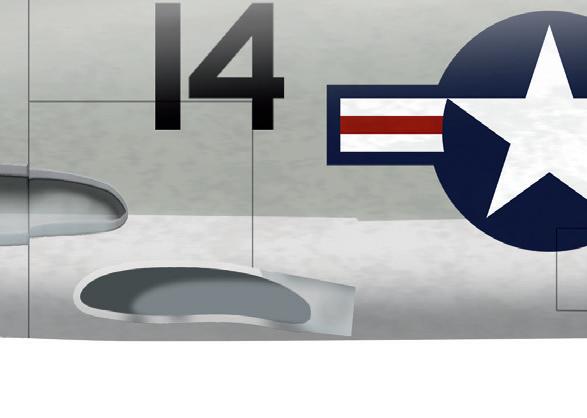





The unit was stationed at Pohang Air eld in Korea the following month and over time the Banshees became resulted in numerous engagements and near misses. Eventually, the USAF began

its mainstay. They were not as fast as the enemy’s MiG-15s, however, which providing F-86s to cover them but the




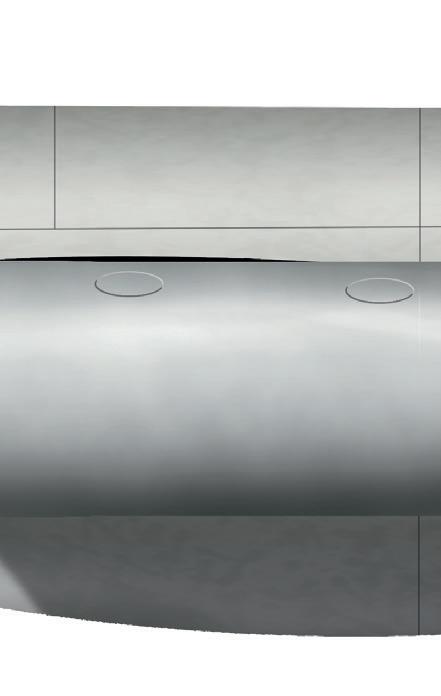







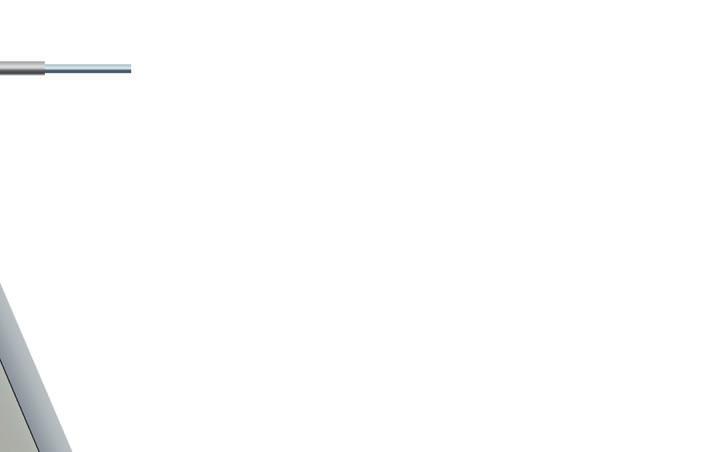
Marine pilots would later admit that they were unsure whether this was for their protection or because their unarmed Banshees made great bait to lure the enemy out.
By the end of the war in July 1953, VMJ-1 had shot more than 800,000ft of lm in support of Marine ground forces
and the Far East Air Force.

VMJ-2 would operate the type while stationed at MCAS Cherry Point, starting

in September 15, 1952, and its F2H-2Ps had mostly been replaced with F9F-6Ps by the end of 1955.
Meanwhile, McDonnell had been busy with another scaling exercise and had proposed a still larger version of the Banshee as a dedicated night and allweather interceptor, replacing the F2H-2N. The new F2H-3 kept the engines of the F2H-2 but had a new fuselage that was 7ft longer, larger wings and a redesigned tail.

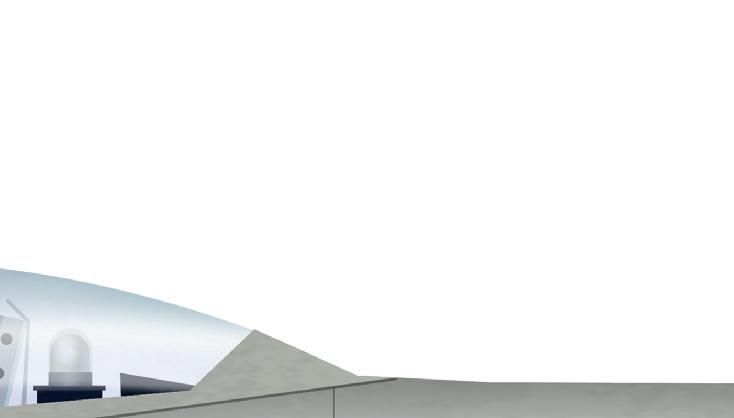


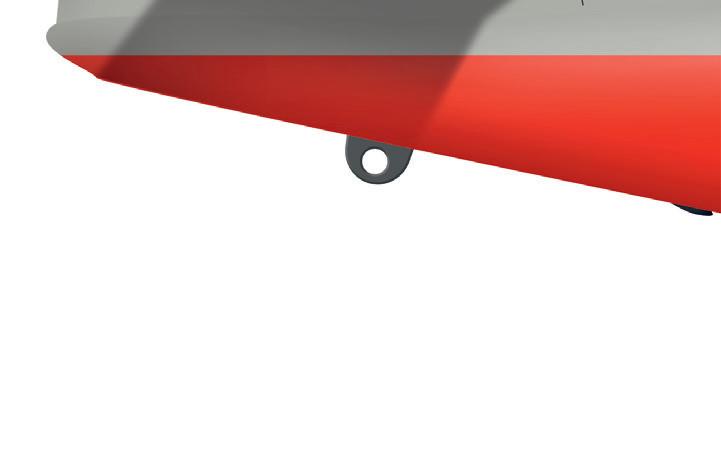

MCDONNELL F2H-2 BANSHEE
McDonnell F2H-2 Banshee, 955, MCAS El Toro, California, 1958.
The F2H-2 Banshee had a rather short front line career and was soon transferred to reserve units – where it would remain well into the late 1950s.
012 MARINE CORPS JET FIGHTERS
McDonnell F2H Banshee




 Author: Scott Lowther £8.99
Author: Scott Lowther £8.99































































































































































































































































































































































































































































































































































